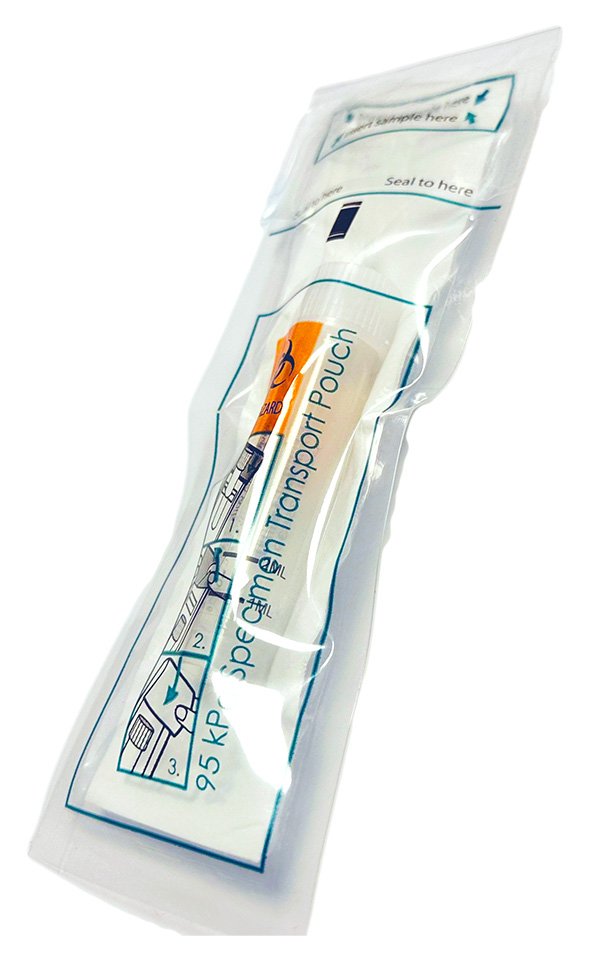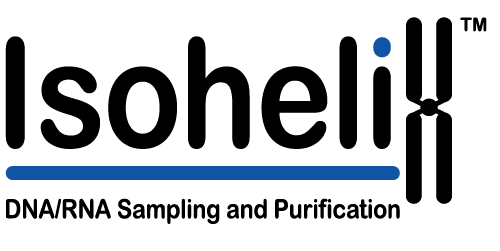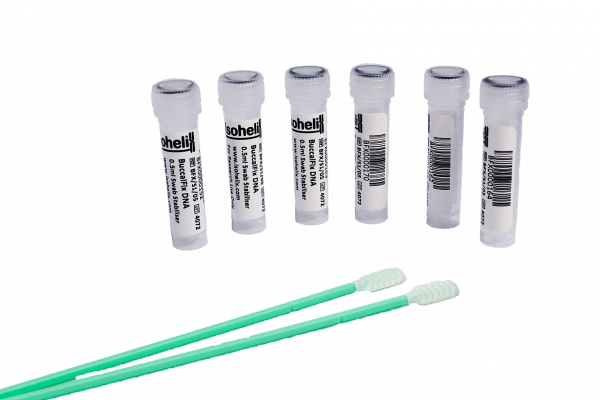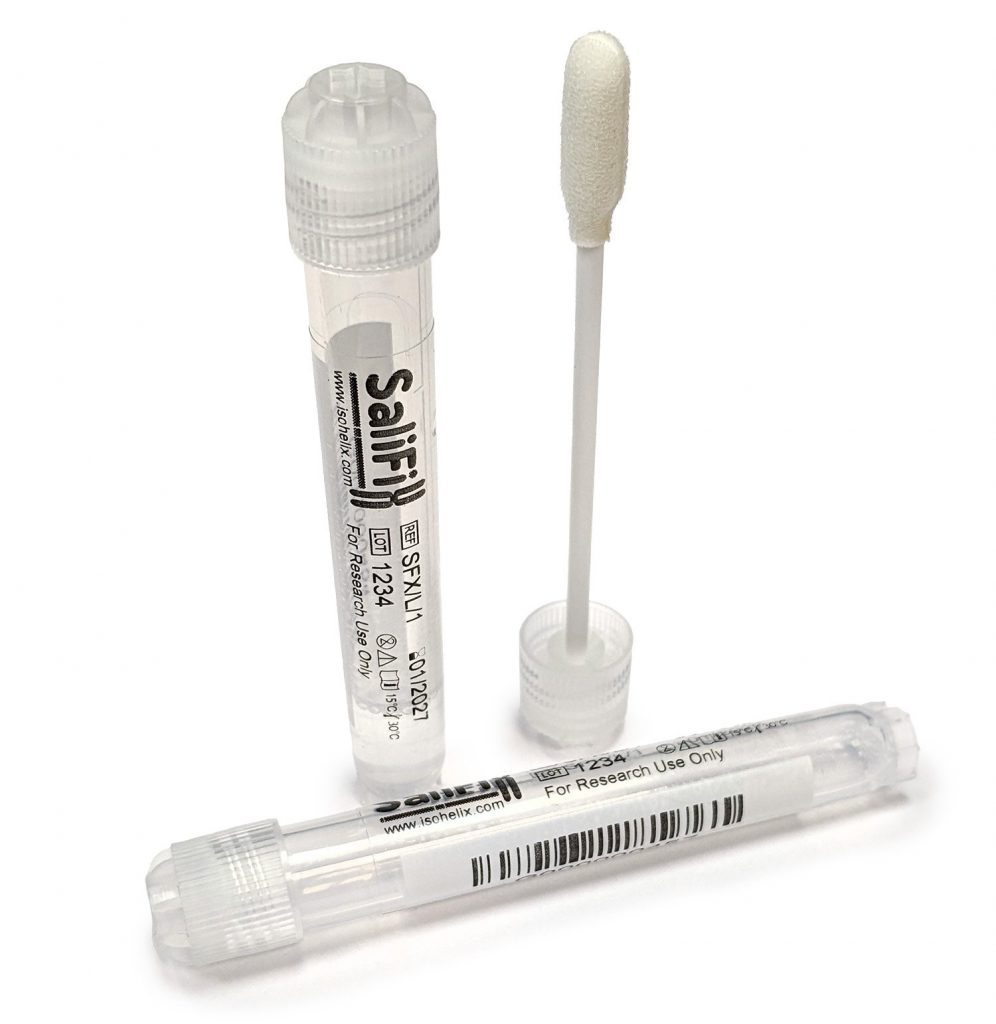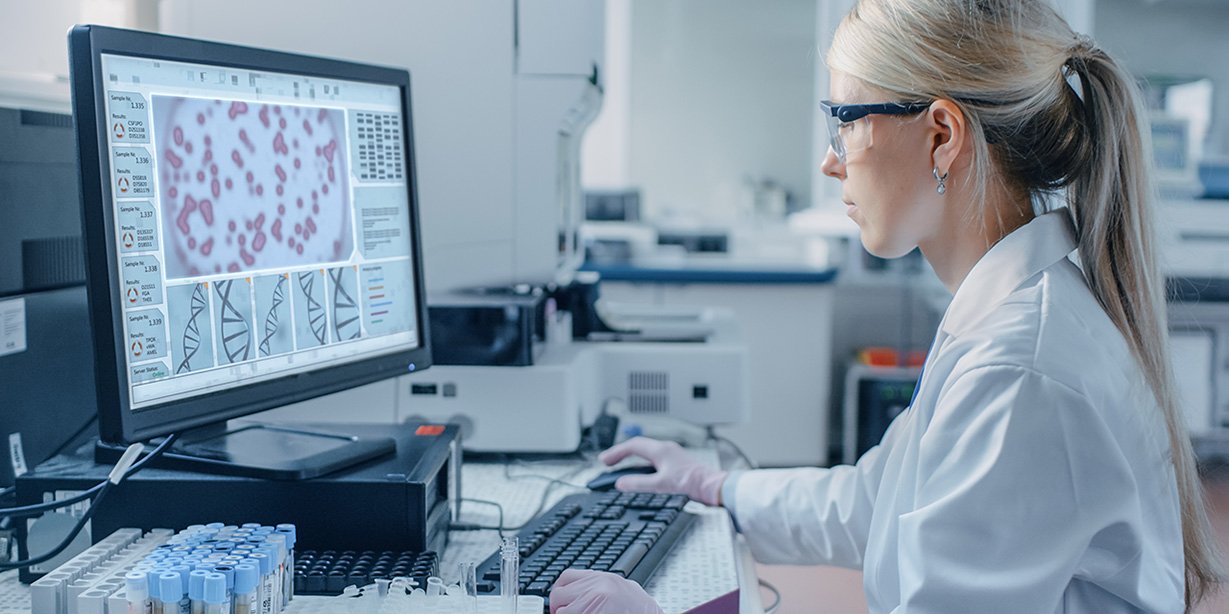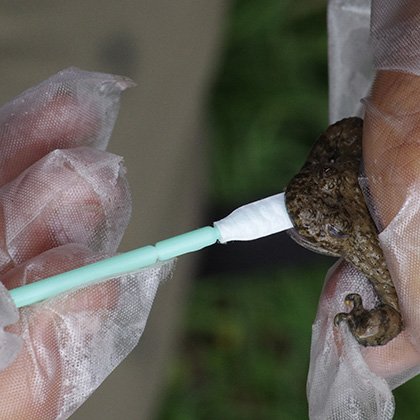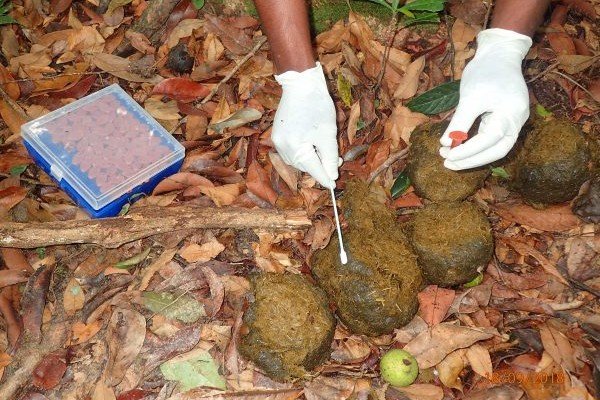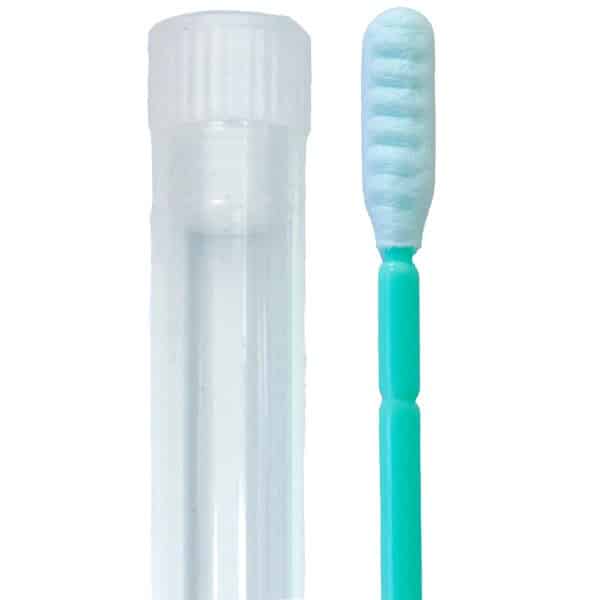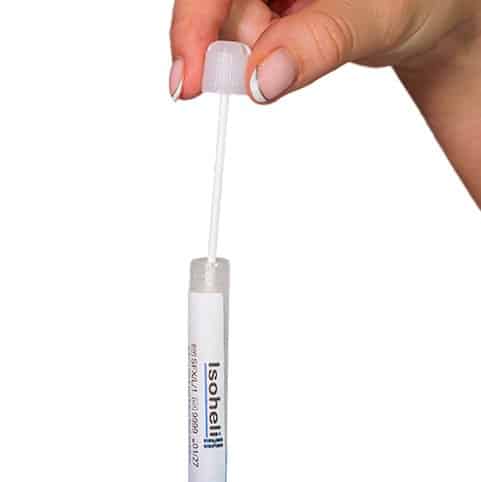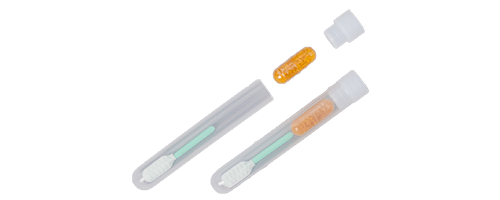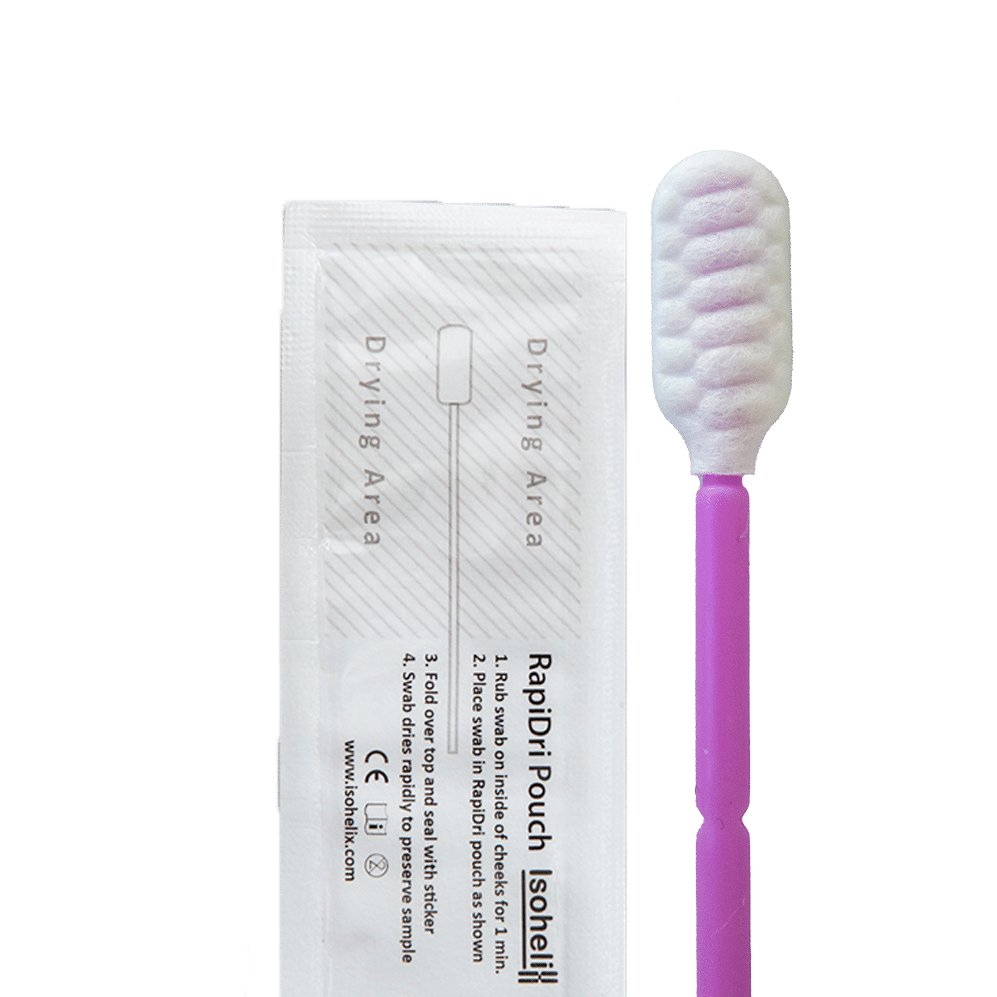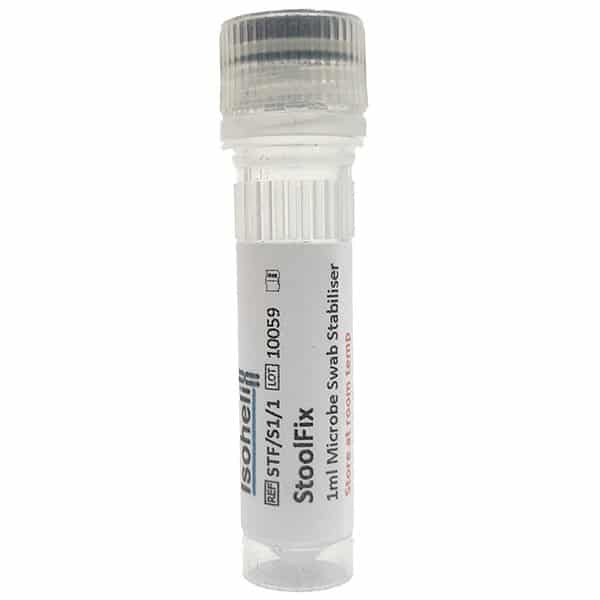
The success of any genetic analysis study depends on high-quality DNA sample collection. Isohelix products are made by scientists, for scientists. In this blog, we share tips on how to avoid common mistakes when collecting DNA samples, based on our many years of experience.
Common mistakes:
- Sample contamination
- Incorrect Sample Storage
- Insufficient sample material
- Sample mix ups
- Sample tubes leaking during storage or transport
1. Sample contamination
Using non-sterile collection kits, poor sample handling, or eating and drinking before collecting saliva or buccal swabs, can lead to samples contaminated with foreign DNA or compounds that inhibit downstream applications.
Our top tips to avoid sample contamination are:
- Avoid eating, drinking, or smoking for 30 minutes before collecting saliva or buccal swab samples
- Use ethylene oxide-treated collection swabs and DNA/Nuclease free extraction kits.
- Use individually packaged swabs and single-use collection kits
- Use kits with simple protocols, designed for easy sample handling, eg, Isohelix RapiDri Swab Collection kits.

2. Incorrect Sample Storage
Storing or shipping samples at high temperatures and humidities can lead to DNA degradation.
Isohelix collection tubes are available prefilled with stabilization buffers that completely inhibit all enzymatic and microbial activity following sampling, maintaining the integrity of the DNA sample. For example, BuccalFix collection kits provide instant room temperature stability of collected samples.
In our blog https://isohelix.com/how-to-maintain-the-integrity-of-dna-in-your-samples-without-freezing/, we discuss the range of Isohelix stabilization products so that you can choose the one best suited to your needs.
3. Insufficient sample material
Sometimes it can be challenging to collect sufficient sample material. When swabbing a surface or collecting buccal samples, use firm pressure to ensure good contact with the area to be sampled.
For saliva collection, GeneFix™ collection tubes have clear, legible markings to indicate the correct volume of saliva to be collected. Some donors, e.g., children or elderly patients, may find it difficult to produce saliva. If this is the case, saliva production can be stimulated by gently rubbing the cheeks or using a kit such as the SaliFix™ Saliva Swab DNA Collection kit, which contains absorbent swabs for easy collection of smaller volumes of saliva.
4. Sample mix-ups
Easy and accurate sample tracking is a key component of sample collection and isolation. Incorrect labelling can lead to sample mix-ups. For large numbers of samples, automated systems reduce handling errors, save hands-on time, and increase processing throughput.

GeneFix Saliva Collection tubes include a unique 10-digit, alphanumeric 1D barcode on the side of the tube, which allows for full traceability of the sample from production to distribution and testing. Tubes can be specified with a 2D barcode on the base of the tube that corresponds with the 1D barcode on the side. Barcodes printed in triplicate on cryogenic labels are also available for attaching to tubes or paper. All barcodes are scannable on common readers, including those widely available on mobile phones, allowing even patients at home to scan their devices for additional traceability.
5. Sample tubes leaking during storage or transport
Collection tubes and sample packaging must be sufficiently robust to protect your valuable samples. With the correct packaging, stabilized samples can be sent to the laboratory for processing using regular mail, a safe, straightforward, and cost-effective method of sample transport.
Isohelix collection tubes comply with UN3373 on leak-proof sample transport, which specifies that collection tubes must withstand defined physical pressures of 95kPa.
Transport packs are available for saliva and swab samples and include an absorbent pad to contain leakages, a separate document pocket, and are also tested to resist 95kPa.
Mailing boxes are suitable for GeneFix Saliva collectors and have space to fit a transport pack underneath. They are designed to fit through most letterboxes and are certified to UN3373. They include a security sealing strip.
